We use cookies and other technologies to personalize your experience and collect analytics.
Dreampop
Justin Caguiat
Justin Caguiat
Dreampop
9 October – 4 November 2023
In 1980 the philosopher and literary critic Kōjin Karatani published Origins of Modern Japanese Literature. The book is a wide-ranging and idiosyncratic study of modernity in post-war Japan. Kōjin argues that the “universal” character of Western literature, a 19th century European construct, cannot be simply applied to Japanese “literature”—using quotations here as the term had no Japanese antecedent. There was no tradition like Western literary subjectivity in Japan before its borders were forced open in the Meiji period. Writing was not equivalent with speech until the development of a written vernacular language—genbun itchi—and this development produced the possibility of an inner voice. Kōjin asserts that literary subjectivity landed in Japan as a kind of psychological colonization in the form of European novels and Christianity. What followed was radical assimilation dressed as modernization: a simultaneous outward and inward turn producing a vertiginous, paradoxical knot.
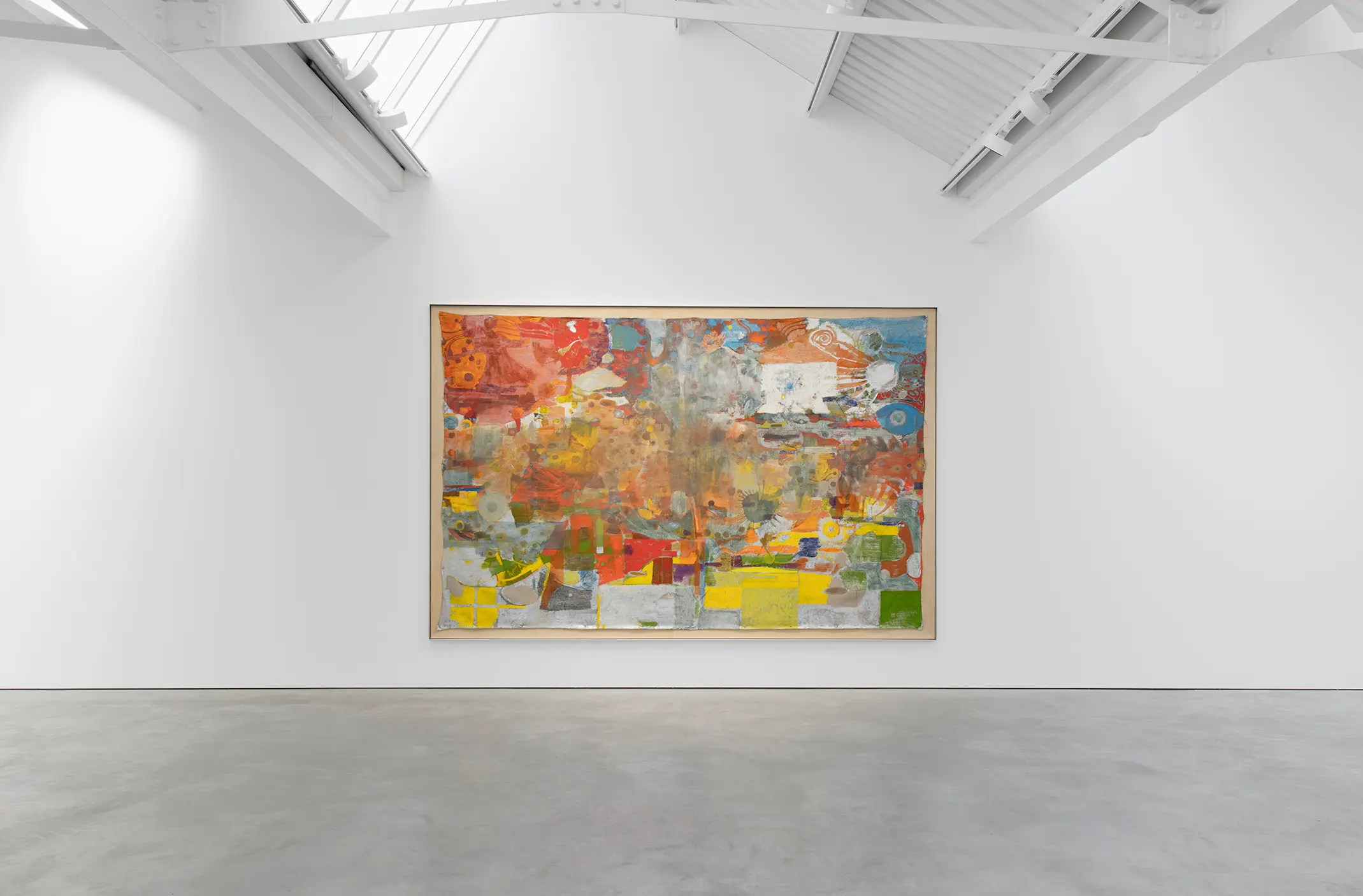
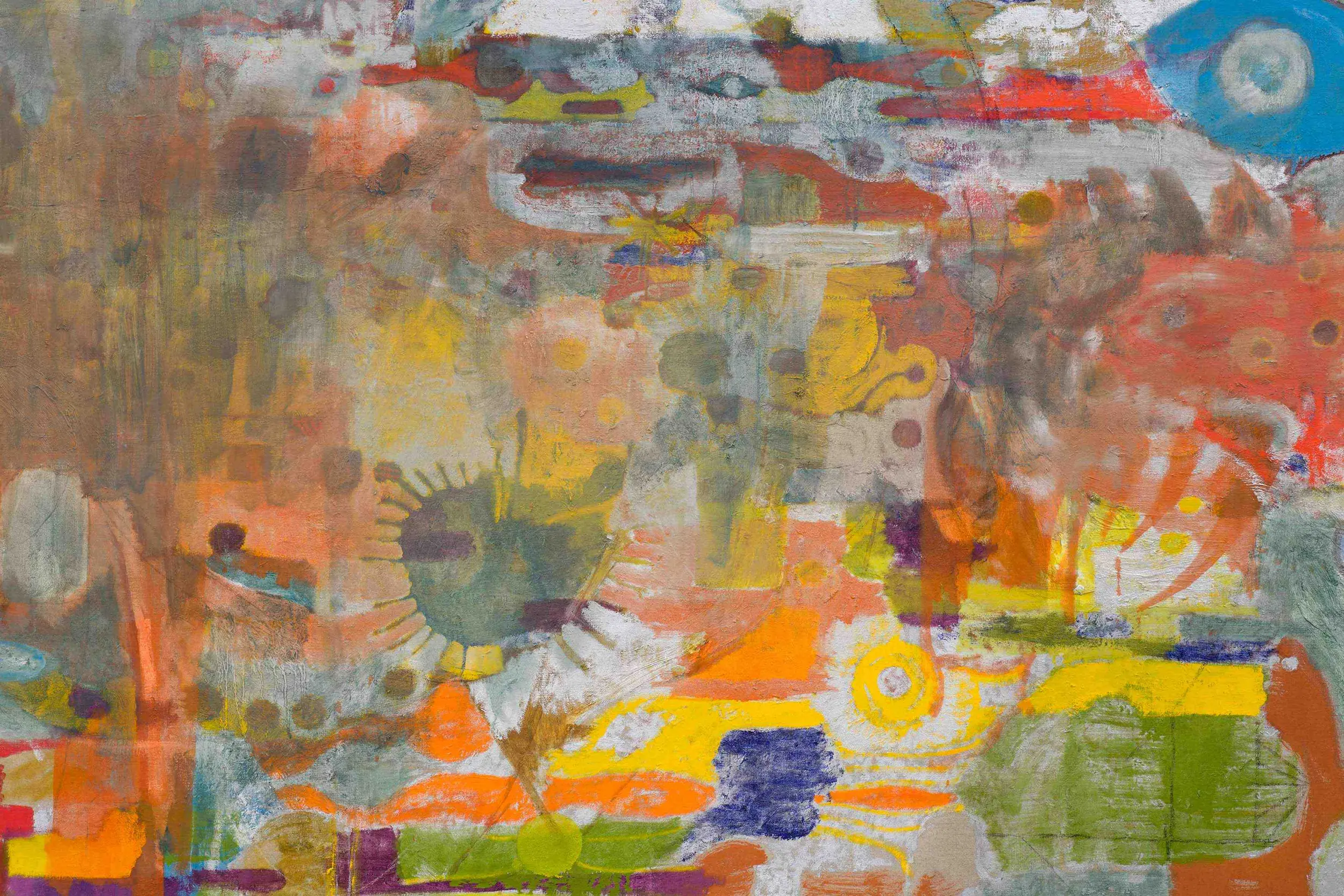
Justin Caguiat was born in 1989. The eighties and early nineties are characterized by a right turn in politics worldwide—Kaifu, Kohl, Thatcher, Reagan—and the ascendance of global supply-side economics. The developing world and the poor were left to stagnate, and advanced industrial economies became completely interlinked and, in a sense, equivalent, at least for mute things like oil, integrated circuits, taxes, and capital. People, though, came untethered. The term “third-culture kid” describes those raised abroad during their developmental years, most of whom grew up with no fixed or stable identity—think Army brats, missionary children, economic migrants. While the term was coined by the American sociologist Ruth Useem in the fifties, the economics and politics of the eighties mark its emergence as an intercontinental happening. Growing up, Caguiat lived in Tokyo, Yokohama, Hong Kong, Jakarta, and Manila before traveling to the United States and Canada. He’s lived, by all accounts, a peripatetic life in America since, supporting himself as a welder, prop maker, fabricator, and preparator. Even as a close friend, I know little about the particulars … where he was at what time, for how long, with whom, doing what.
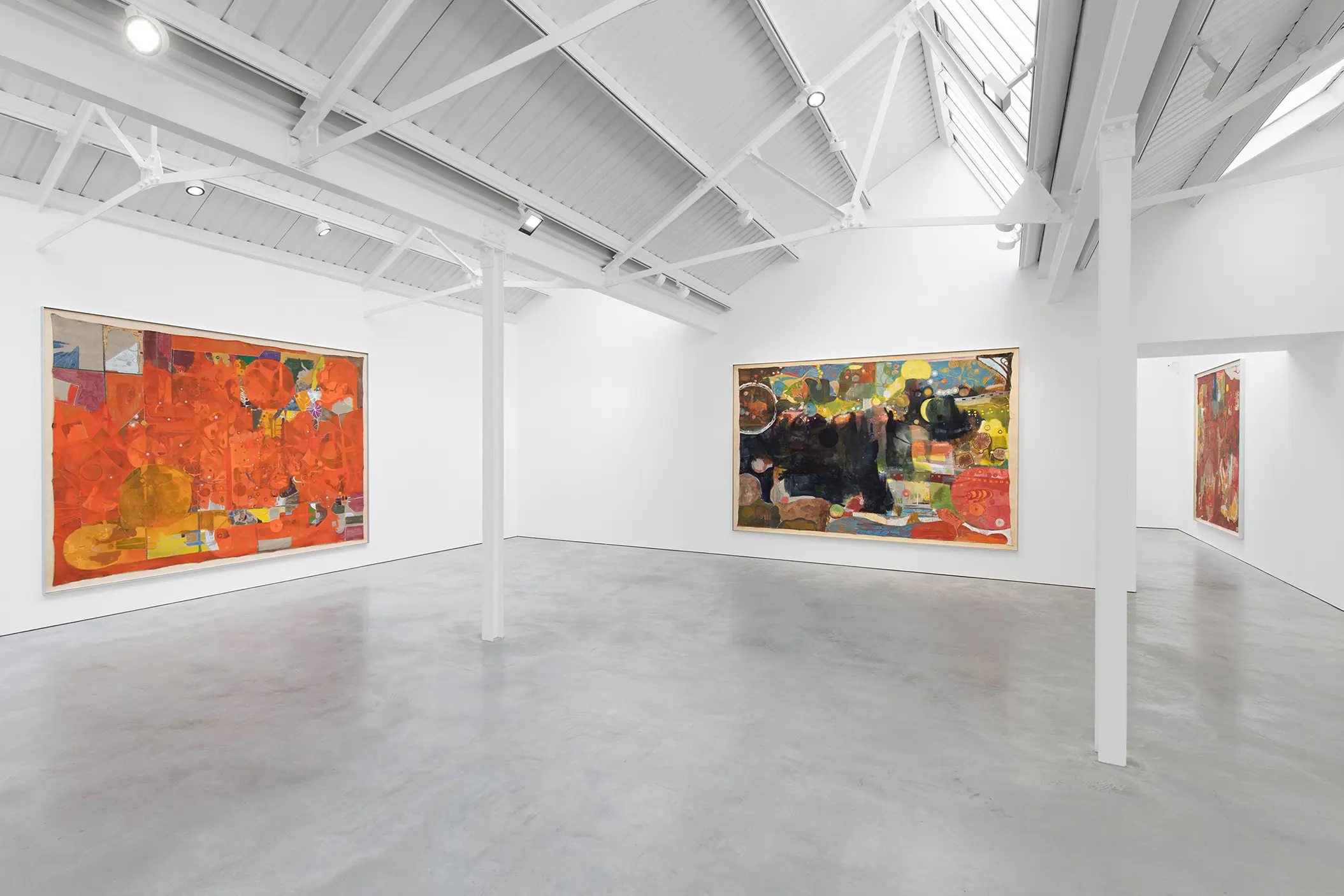
Caguiat began making the paintings for which he is well known on the wall of a studio apartment in Chinatown in New York. He was laid up after an accident and on crutches for weeks, his leg turning a shocking violet color. They began at one scale because it was the largest possible dimension available to him on the only open wall. They grew larger and nearly square to match the next wall available to him, larger still on the following, monumentally large in an Oakland warehouse ... The paintings, rolled up, have traveled with him on bicycles, in subways, taxis, borrowed cars. This is why they are unstretched. No critic or historian wants to know that the kernel of a lodestar was formed by circumstance, but they should.

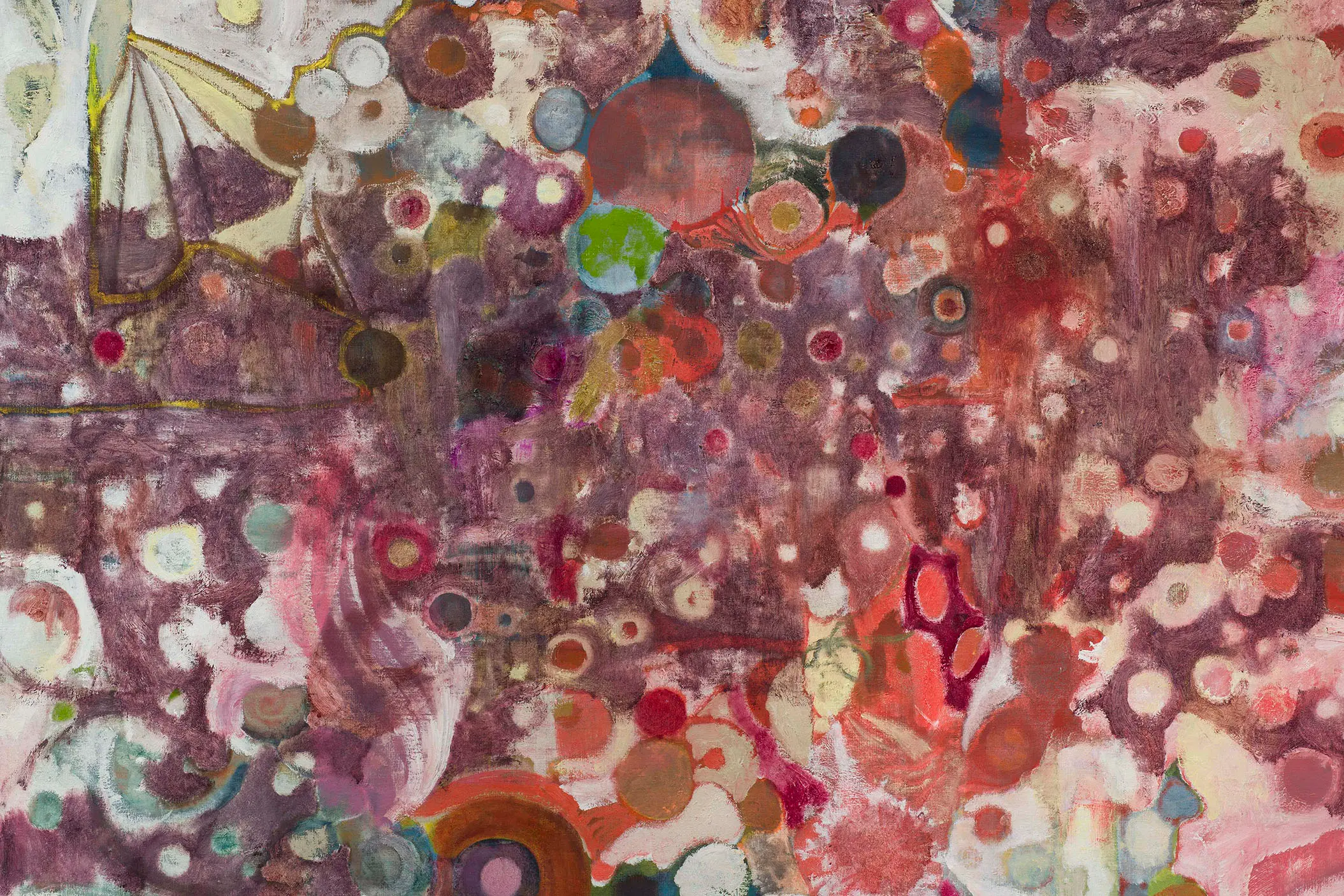
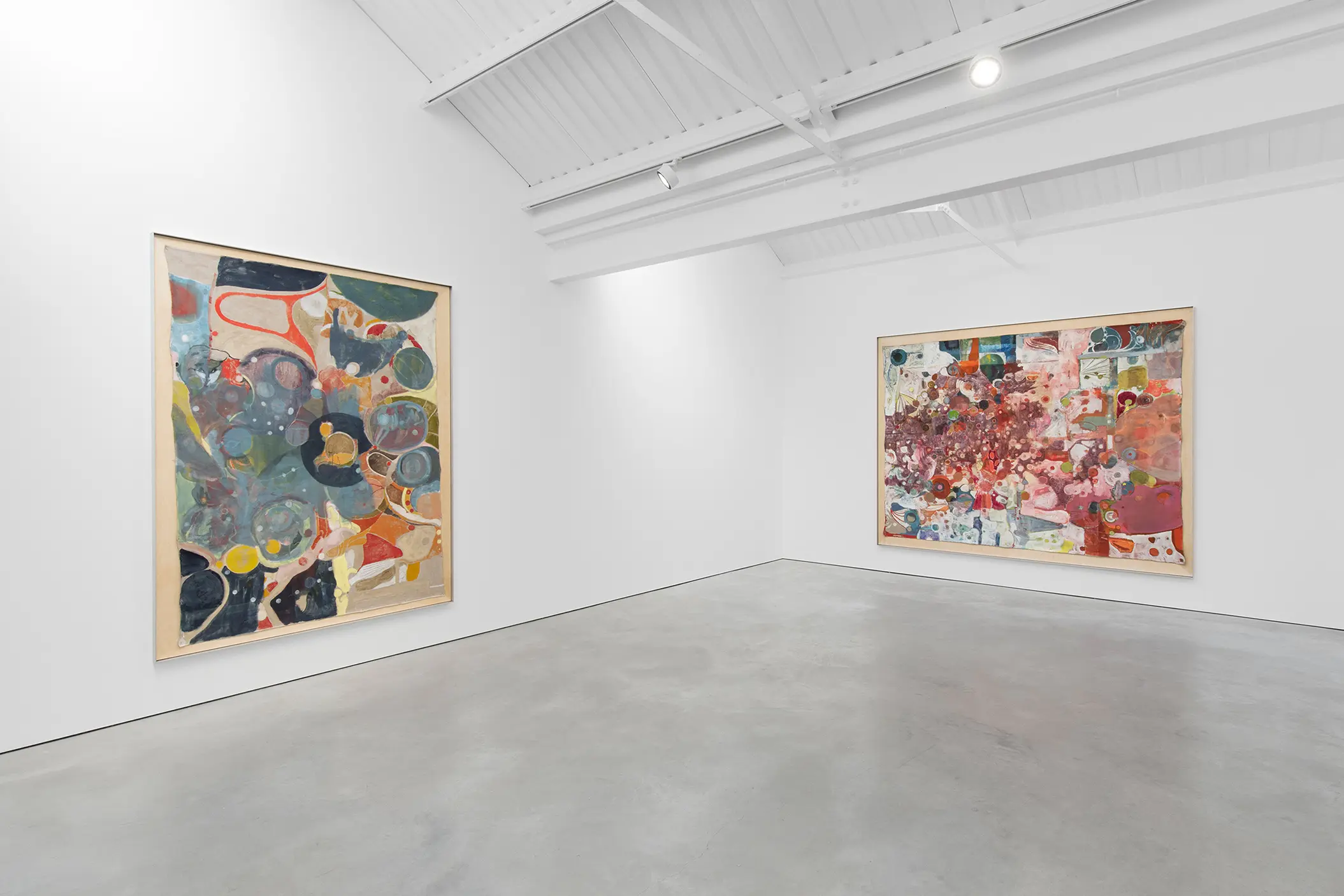
Press release
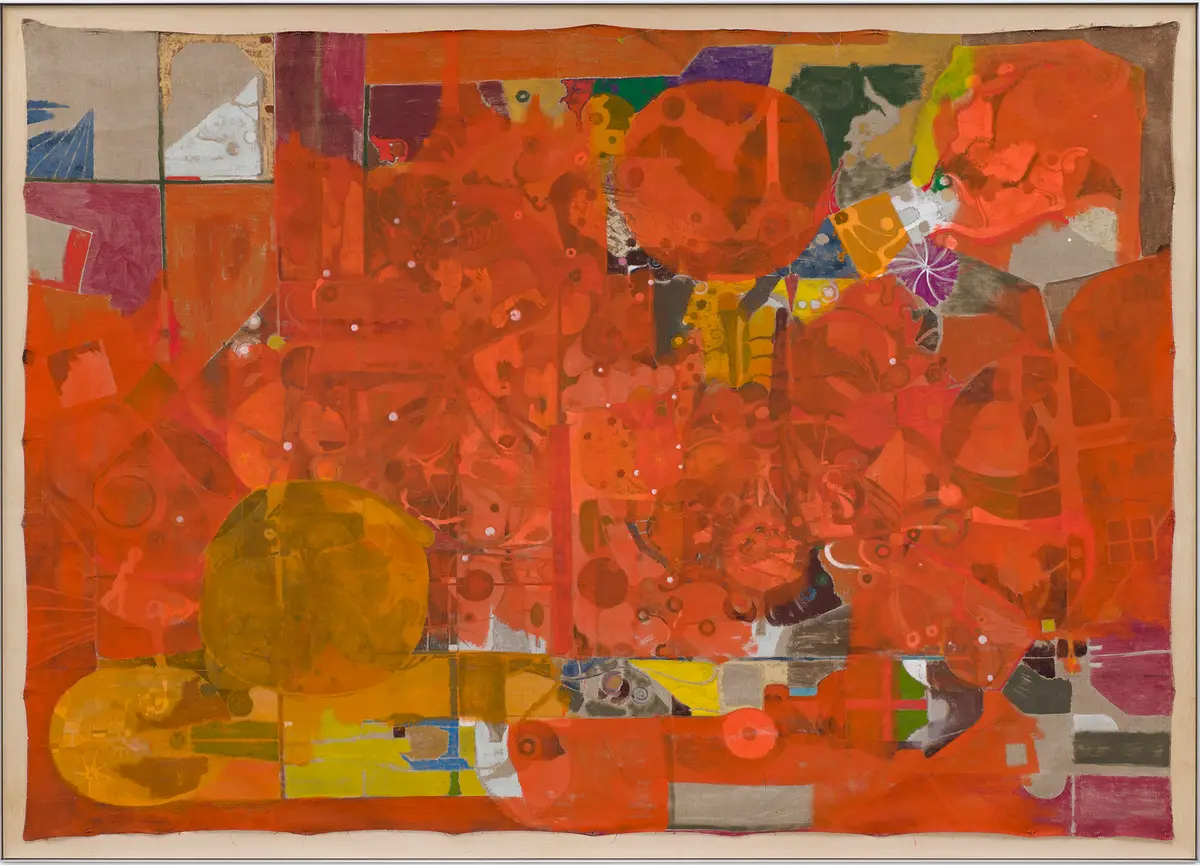
In 1980 the philosopher and literary critic Kōjin Karatani published Origins of Modern Japanese Literature. The book is a wide-ranging and idiosyncratic study of modernity in post-war Japan. Kōjin argues that the “universal” character of Western literature, a 19th century European construct, cannot be simply applied to Japanese “literature”—using quotations here as the term had no Japanese antecedent. There was no tradition like Western literary subjectivity in Japan before its borders were forced open in the Meiji period. Writing was not equivalent with speech until the development of a written vernacular language—genbun itchi—and this development produced the possibility of an inner voice. Kōjin asserts that literary subjectivity landed in Japan as a kind of psychological colonization in the form of European novels and Christianity. What followed was radical assimilation dressed as modernization: a simultaneous outward and inward turn producing a vertiginous, paradoxical knot.
Kōjin links this literary history to landscape painting and, citing the artist Usami Keiji, distinguishes “place” from “position”. Place “is not concerned with the relationship between individuals and ‘things’ but presents a transcendental metaphysical ‘model’. Whereas position, the European import, “is the totality of what can be apprehended by a single person with a fixed point of vision”. But there is nothing real or natural about position. Vision is not fixed, still, or rectilinear. One point perspective has nothing to do with the wide, ovoid quality of vision and only shows the roving, searching focus of vision in the form of an embodied viewer’s attention. In other words, position relies on the viewer’s time and attention to produce place: the simultaneity of perception—the dizzying mix of sense impressions, memory, anticipation, and mood that pervades all experience.
Subjectivity in Japanese literature culminates in the I-novel, a first-person, confessional form that is expected to precisely track with the author’s lived and inner experience as a kind of reportage. The genre describes the experiences of the author and their emotional, spiritual/metaphysical condition. See Katai Tayama’s Futon (1907), which arguably founded the genre, or Fumiko Hayashi’s Diary of a Vagabond (1930), for its progressive, confessional apex. What distinguishes the best I-novels, in my opinion, is the interpenetration of both place and position as a palimpsest mobile form rooted in the writer's head. It’s important to note here that both of the authors above, and most that are preeminent in the genre, have long personal histories of displacement and itinerancy—they lived in their heads.
Justin Caguiat was born in 1989. The eighties and early nineties are characterized by a right turn in politics worldwide—Kaifu, Kohl, Thatcher, Reagan—and the ascendance of global supply-side economics. The developing world and the poor were left to stagnate, and advanced industrial economies became completely interlinked and, in a sense, equivalent, at least for mute things like oil, integrated circuits, taxes, and capital. People, though, came untethered. The term “third-culture kid” describes those raised abroad during their developmental years, most of whom grew up with no fixed or stable identity—think Army brats, missionary children, economic migrants. While the term was coined by the American sociologist Ruth Useem in the fifties, the economics and politics of the eighties mark its emergence as an intercontinental happening. Growing up, Caguiat lived in Tokyo, Yokohama, Hong Kong, Jakarta, and Manila before traveling to the United States and Canada. He’s lived, by all accounts, a peripatetic life in America since, supporting himself as a welder, prop maker, fabricator, and preparator. Even as a close friend, I know little about the particulars … where he was at what time, for how long, with whom, doing what.
Caguiat began making the paintings for which he is well known on the wall of a studio apartment in Chinatown in New York. He was laid up after an accident and on crutches for weeks, his leg turning a shocking violet color. They began at one scale because it was the largest possible dimension available to him on the only open wall. They grew larger and nearly square to match the next wall available to him, larger still on the following, monumentally large in an Oakland warehouse ... The paintings, rolled up, have traveled with him on bicycles, in subways, taxis, borrowed cars. This is why they are unstretched. No critic or historian wants to know that the kernel of a lodestar was formed by circumstance, but they should.
In Caguiat’s work, painting has lost its support and follows the artist like a scrim traveling with a dance company or performing troupe. The paintings exist between sites and, in a sense, take on his transitive experience as their subject as he shuttles between places and spaces. Writing this, I’m reminded of Miwon Kwon’s magisterial One Place after Another (2004), a critical history of site-specificity in art from the late 1960s to the present. Kwon’s text concludes with a description of the current state of site-specificity in art practices and notes that many contemporary artists now work in a dematerialized, non-specific, international environment, and their practices have taken on a discursive, service-like quality. This, on one hand, is a surrender to our mobilized market economy, and, on the other, produces:
[…] liberating effects, displacing the strictures of place-bound identities with the fluidity of a migratory model, introducing possibilities for the production of multiple identities, allegiances, and meanings, not based normative conformities but on the nonrational convergences forged by chance encounters and circumstances.
Kwon is suspicious of this new model for good reason. This freedom is not available to everyone equally and comes with a “destabilization of subjectivity, identity, and spatiality”. She advocates for a complex, blended future for artists that salvages their freedom without stripping them down to gigging avatars, what she calls “a terrain between mobilization and specificity”. This is where Caguiat works. His paintings have little or nothing to do with 4-8 Helmet Row—or 508 West 26th Street for that matter—but are completely suffused with place and position and carry with them the secret actuality of his places and things.
When I imagine Caguiat in the world he’s covered with a painting. It’s on him with the anthropomorphic surety of thin plastic pushed against a body in the wind. As he moves it clings to him and suddenly streams out, flapping and stretching. Some days it’s the complete, almost liquid embrace of a child. Some days it's a tailored funereal suit. Some days it’s a giant Gogolian coat. It’s always on him, a crawling membrane, and the two are locked in a quiet struggle to engulf one another. Some days he’s chewing it like a fresh stick of gum and some days he’s a gasper—choked, panicking and thrilled, head filling with sparkling endorphins and warm dopamine.
Text by Thomas Killian Roach, September 2023.